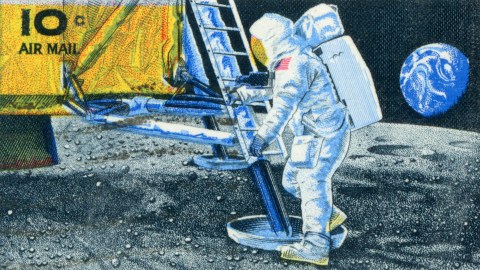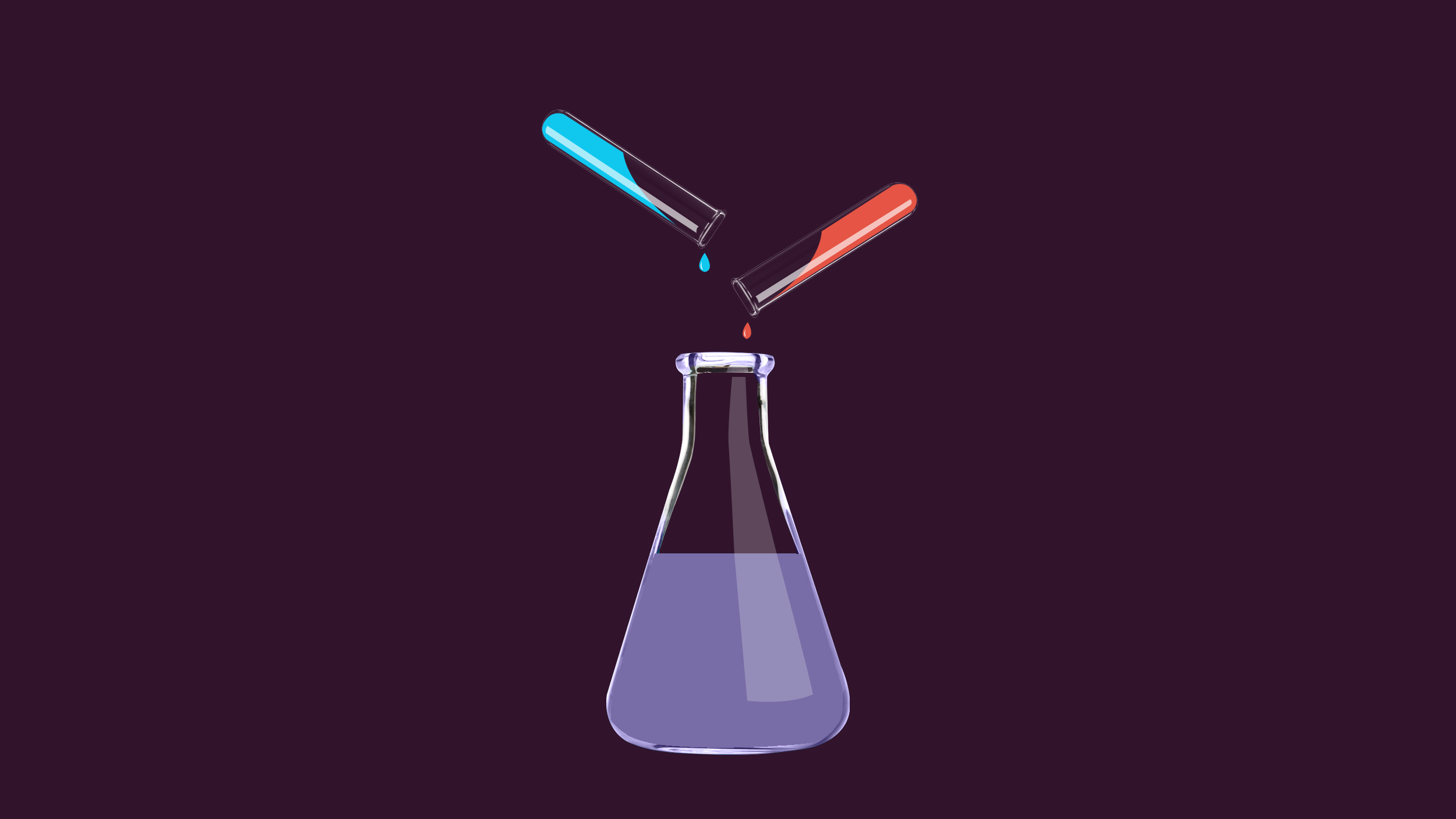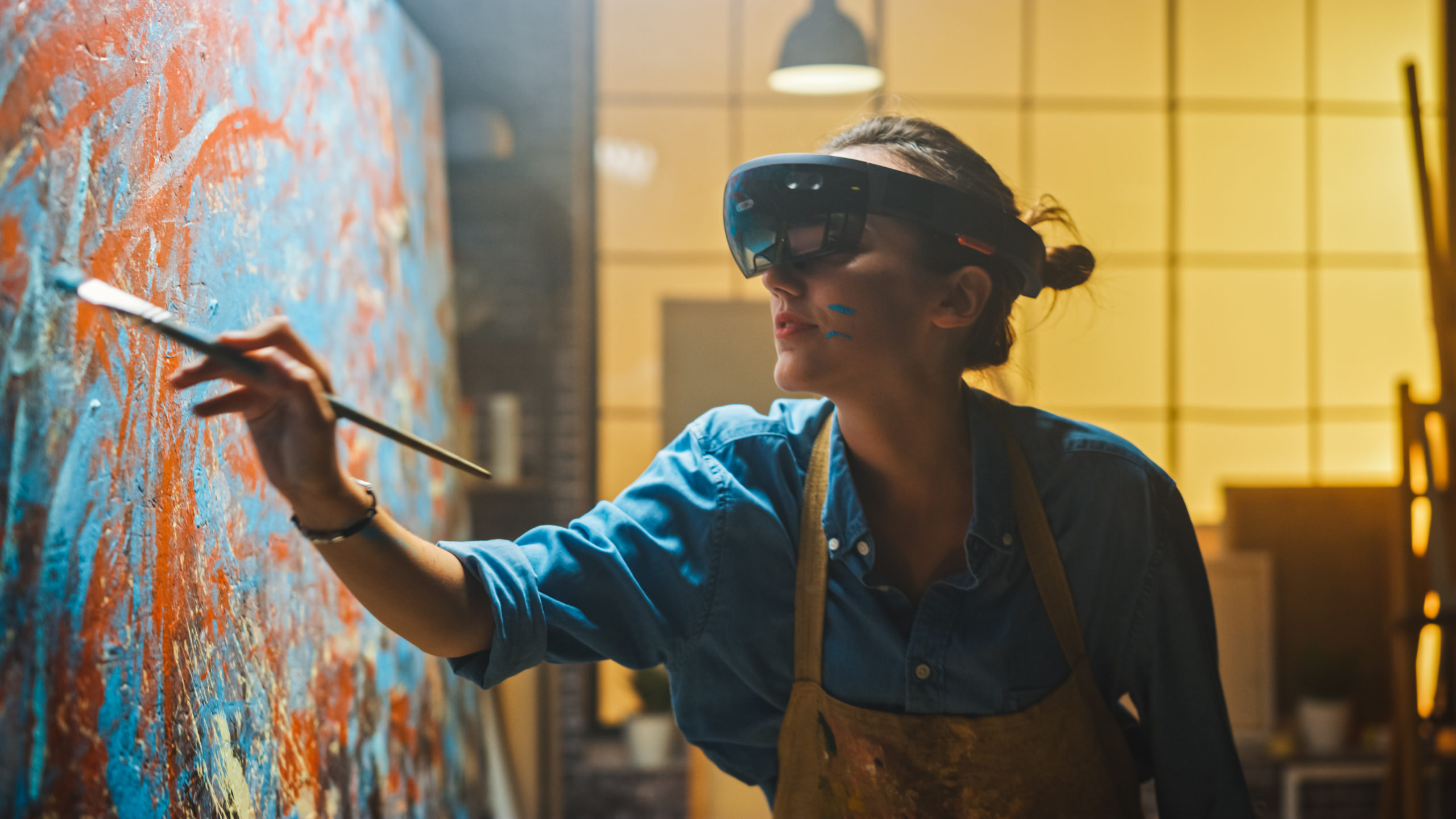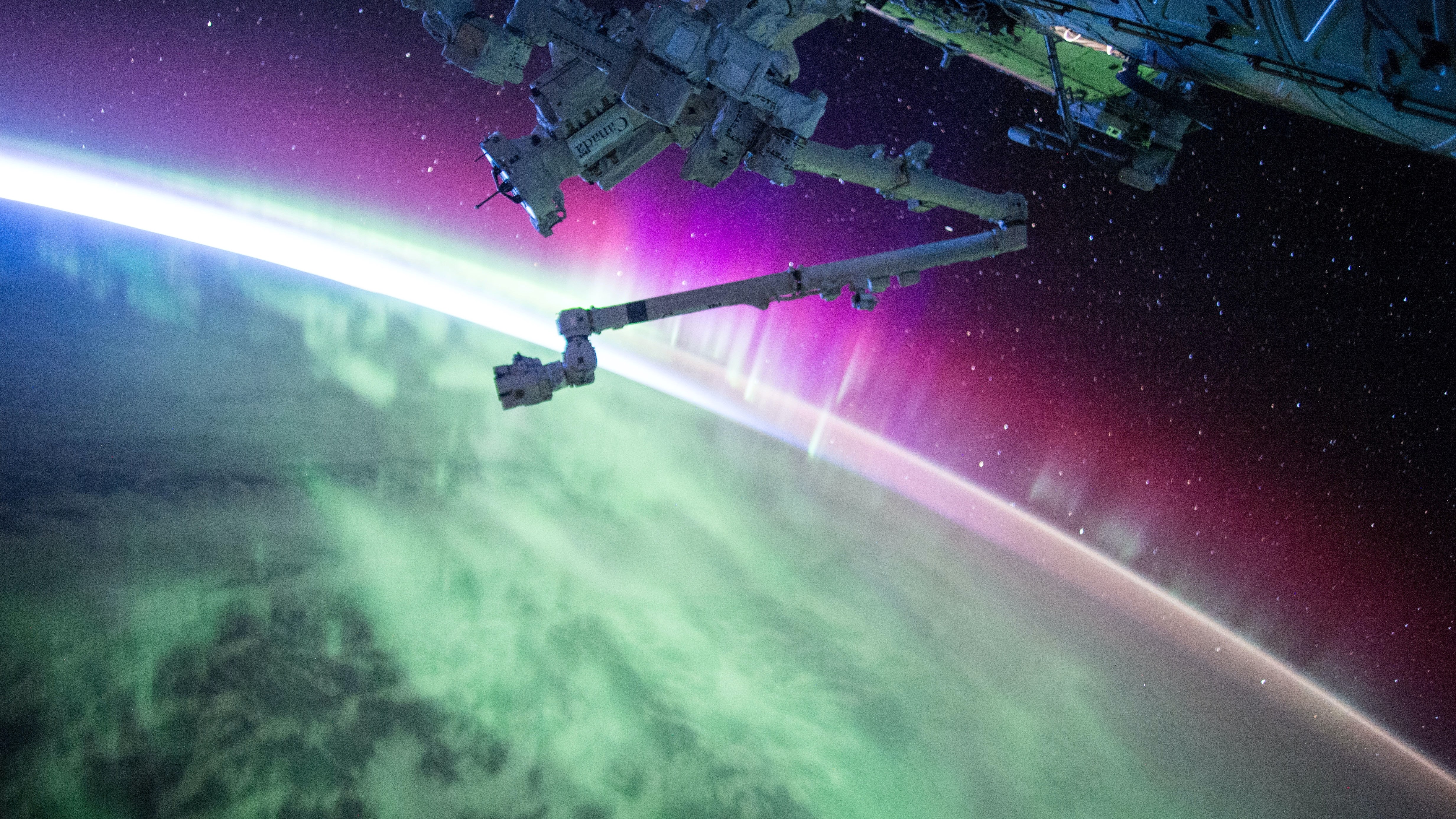How to create a better world without massive social disruption

- Rather than offering disruptive breakthrough solutions to existing problems, we can focus on “nondisruptive” creation.
- Nondisruptive creation is a way to innovate and grow without displacing industries, companies, or jobs.
- An aging population, the rise in surveillance, and the new frontiers of space are examples of areas ripe for nondisruptive thinking.
In your hand, in your phone, with an internet link and a Wi-Fi connection, you have a supercomputer where, with a simple Brave or DuckDuckGo or Google search, you can access knowledge and expertise relevant to virtually any problem you wish to solve or opportunity you aim to create. You can also connect and communicate with millions of people simultaneously or with any single individual — free.
Today, the average person with a smartphone and a broadband connection has greater information power than the US government had thirty years ago. This digitally enabled power isn’t restricted to an elite few. It is the growing province of an increasing number of people as the digital divide that once separated the rich from the poor, the urban from the rural, and developed nations from less developed ones continues to narrow.
What we ultimately achieve through our imagination and digitally enabled power, however, is dependent on the kind of problems we set out to solve and the kind of opportunities we set out to create. Instead of confining our imaginations to offering breakthrough solutions to existing problems, which leads to disruption, the opportunity for all of us is to go beyond disruption and displacement of the old for the new, to what we have come to call nondisruptive creation. Nondisruptive creation opens a path for all of us to innovate and grow without displacing industries, companies, or jobs — by solving brand-new problems and creating brand-new opportunities beyond existing industry boundaries, whether those problems and opportunities are existing but unexplored or newly emerging.
Consider just a few areas that are ripe for nondisruptive creation in the near future. There’s the aging of the world’s population — especially the senior bulge in developed nations. As family ties have weakened and the easy mobility of people has led families to live farther and farther apart, seniors are increasingly isolated, living without heartfelt connection and physical touch. This challenging fact of modern life invites nondisruptive opportunities to enrich the physical and emotional lives of the elderly. Likewise, as people live longer, there are new demands for personal care to sustain a healthy and vibrant life: they experience new health challenges that need to be resolved; they need platforms that show them how to leverage the rich wisdom they’ve accrued through time to create a new, empowering chapter in their lives. And for people of any age who face vital-organ failure, fully functional bioengineered human organs are a nondisruptive opportunity.
As digital technology increasingly penetrates every aspect of our lives, demands for individual sovereignty and new levels of privacy and protection from widespread electronic surveillance are growing rapidly. These issues trigger concerns about the sanctity of our private thoughts and moments and about people’s right to express dissenting views. Solutions are needed for new and mounting problems such as the sharing (or blocking) of personal data to influence free elections, politically and ideologically motivated censoring of online news and events, and a breakdown of trust with the costs that accompany it. Efforts to solve these emerging problems will potentially unleash a huge wave of nondisruptive creation.
World energy demand is on track to be 50 percent higher in 2030 than it was in 2016. What’s more, with cars increasingly transitioning from fossil fuel to electric, the demand for electricity is expected to explode. Where will this doubling of energy come from, and how will the world meet the growing surge in demand for electricity? Although new energy sources such as wind and sun are increasingly being harnessed, the huge gap between current energy capacity and future needs suggests ample opportunity for the nondisruptive creation of reliable, affordable, and clean new energy sources and for carbon capture in traditional, low-cost energy sources.
Then there is the emergence of rapid urbanization in developing countries, where migration from rural areas to densely populated cities is creating both huge social and economic opportunities and unprecedented problems regarding infrastructure, physical safety, health, community well-being, poverty, and resources. In Africa alone, 800 million people are expected to move into the continent’s cities over the next thirty years. These unprecedented, emerging challenges are areas ripe for nondisruptive creation.
As we look beyond Earth and its atmosphere to space, we can imagine a host of nondisruptive opportunities.
We should also think about crucial emerging issues associated with the environment. The rising production of waste, for example, creates ecological issues such as the Great Pacific Garbage Patch, an area three times the size of France that contains more than a trillion pieces of plastic, posing safety and health issues for marine life, damaging our food chain, and destroying the ocean’s divine beauty. Such issues present numerous nondisruptive opportunities to create a more sustainable world for ourselves and our children.
As we look beyond Earth and its atmosphere to space, we can imagine a host of nondisruptive opportunities, from mining in space for terrestrial sources of metals in asteroids, to the creation of space travel and even space tourism, to Elon Musk’s commitment to create a brand-new opportunity for an interplanetary existence for humans, allowing us to probe deeper into our place in the universe: Are there other species out there? How did we get here? Today Musk and SpaceX are working fervently to realize this nondisruptive opportunity, with the goal of establishing a self-sustaining community on Mars — which in itself would give rise to a wealth of nondisruptive opportunities unimaginable today.
The world is what we make it. The question is not, will these problems be solved or these opportunities created? It is, who will bring us the future and do so in a nondisruptive way that creates growth and prosperity for business and society? As important as disruptive creation has been and will continue to be the time has come for an expanded view of innovation and growth that expressly recognizes, names, and opens a gateway to nondisruptive creation.
We believe that nondisruptive creation, has the potential to serve as a counterbalancing and socially stabilizing economic force as domestic economies and the global economy as a whole thirst for growth but meet the new wave of radically transforming technologies on track to displace a wealth of existing core players, core markets, and current jobs. As we ponder the many challenges faced by our planet and the human race, we will need innovative market-creating solutions. If they can be nondisruptive rather than largely displacing, we believe there will be a greater chance to create a better world and bring people together instead of dividing us. We offer not some perfect formula in our research but the start of a fresh conversation and the basic patterns our research revealed to help you identify, unlock, and realize nondisruptive opportunities.
When President John F. Kennedy aimed to build a rocket that could carry a man to the moon and bring him back safely to Earth, he was challenging the United States to reach for nondisruptive creation. This would create a brand-new opportunity that would inspire the nation and demonstrate America’s scientific leadership to the world. Many people saw that challenge as little more than a dream, not a realistic opportunity to be created and seized. When asked what it would take to create and seize that nondisruptive opportunity, Wernher von Braun, the leading NASA engineer, answered in five telling words, “The will to do it.”
What had appeared impossible, with will and effort became possible. The nondisruptive creation of Apollo 11 landed humans on the moon on July 20, 1969. Its scale and impact are historic, recognized as “one giant leap for mankind.”
Nondisruptive creation need not be just an intellectual understanding. With the will to make it happen, together with the guidance and frameworks in Beyond Disruption, it can become a more systematic pursuit and reality. We can then build a better world in which growth for business can be achieved without socially disruptive consequences.





